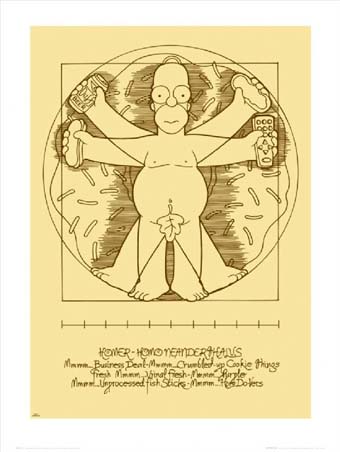 The following is taken from a recent body language training course I ran in Brighton.
The following is taken from a recent body language training course I ran in Brighton.
…………..
There are many aspects to reading people’s body language but just a few key principles:
Principles of Body Language Training
- Most (emotionally significant) communication is through body language
Up to 80% according to research by Albert Mehrabrian
- The body doesn’t lie
Body language reveals what we are really thinking/feeling and “leaks” through multiple channels
- Look for clusters and consider context
If someone has their arms crossed it may just mean they are cold. Look for multiple signals
- Cultural, age and gender is important
Gestures may mean very different things in different countries for example
- Incongruence and discomfort
When words and body language don’t match we may distrust someone. Psychological discomfort may indicate lying but may mean other things too
- Evolutionary origins, e.g. Dominance and rapport
Many body language signals come from our evolutionary past
- Go with your gut
Intuition is unconscious processing of information (e.g. subtle body language signs) fed back as physical feelings
- Authenticity
People pick-up on inauthenticity and sincerity very easily
Body Language Zones to be aware of:
– Face – most obvious and powerful
– Hands and gestures – power and protectiveness
– Posture – a person’s overall attitude
– Head position – e.g. submissive tilt
– Positioning – e.g. space in relation to others
– Feet and legs – often the most honest, where someone wants to go
– Eyes – “gateways to the soul” – also hard to fake
Mood and Embodiment
Beyond body language people live “in” long-term dispositions for action (moods) and embody their characters. Bodies not only express what we are thinking and feeling but who we are. We practice one or another way of being with our bodies at all times – what are you training?
Discussion